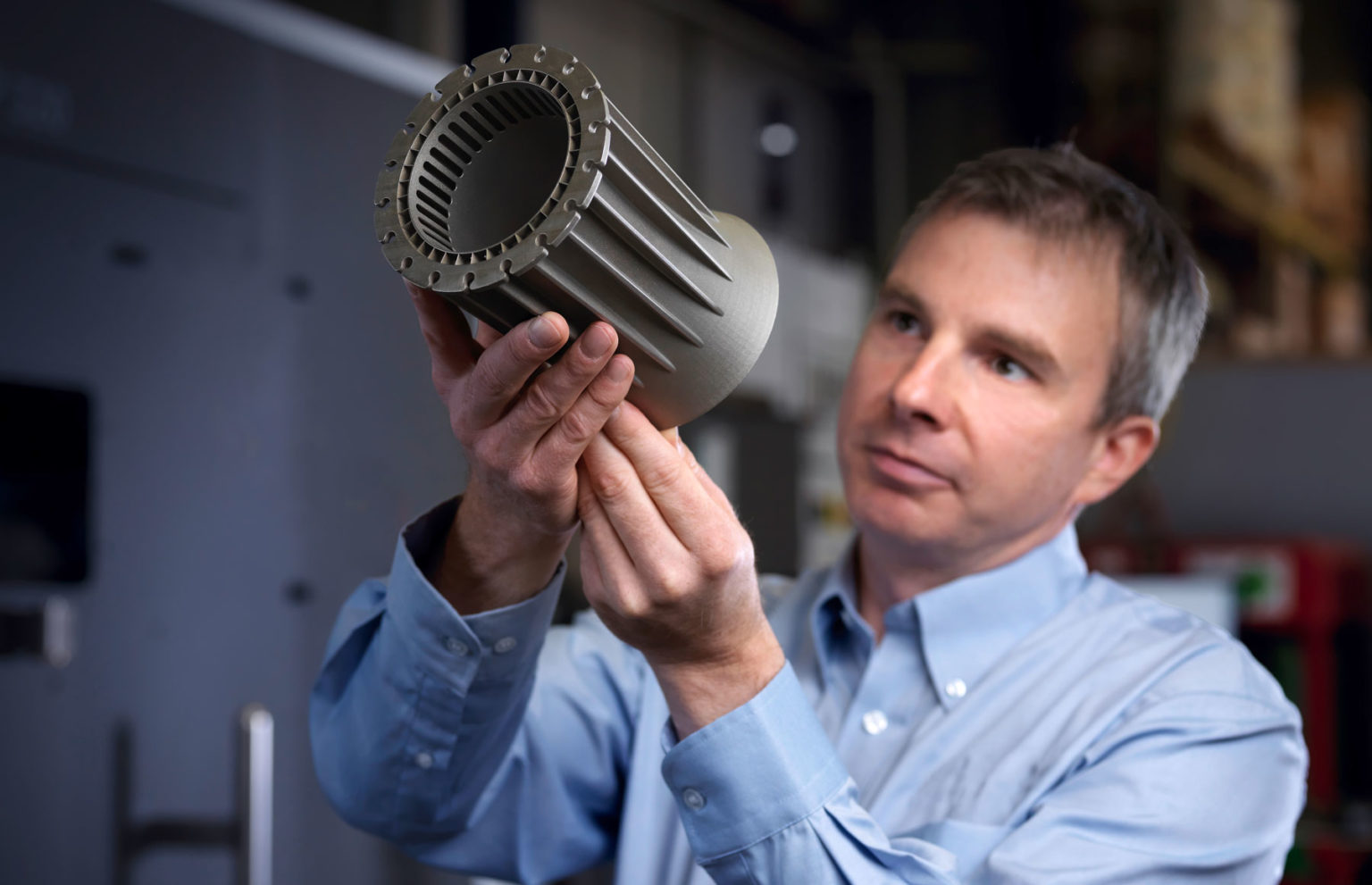The transformative capabilities of 3D metal printing extend beyond its innovative approach to manufacturing; they are deeply intertwined with the materials used and the techniques employed in the additive manufacturing process. Understanding the diverse range of materials and techniques in 3D metal printing unveils the depth of possibilities and applications within this groundbreaking technology.
1. Diverse Materials for Varied Applications
3D metal printing encompasses a variety of metallic materials, each selected based on specific application requirements. Common metals include stainless steel, aluminum, titanium, and nickel alloys. These materials offer a range of mechanical properties, corrosion resistance, and thermal characteristics, enabling industries to tailor components to meet precise specifications.

Image source: Google
2. Powder Bed Fusion Techniques
One of the primary techniques employed in 3D metal printing is powder bed fusion. This technique involves spreading a thin layer of metal powder across a build platform and selectively fusing it using a laser or electron beam based on the 3D model's specifications. Popular methods under powder bed fusion include selective laser melting (SLM) and electron beam melting (EBM). These techniques excel in producing intricate and complex geometries with high precision.
3. Directed Energy Deposition (DED)
Directed Energy Deposition is another prominent technique in 3D metal printing. In DED, metal powder or wire is deposited layer by layer, and a high-energy source, such as a laser or electron beam, is used to melt and fuse the material. This technique is valued for its ability to build large-scale components and repair existing parts, making it relevant in industries such as aerospace and automotive.
4. Binder Jetting for High Throughput
Binder jetting is a technique that involves depositing layers of metal powder and selectively jetting a liquid binder to create the desired shape. This technique is known for its high throughput and is suitable for producing components in a more cost-effective and time-efficient manner. While binder jetting may sacrifice some resolution compared to other techniques, it excels in applications where speed and cost-effectiveness are critical factors.
5. Post-Processing and Finishing Touches
Post-processing plays a crucial role in refining the final product in 3D metal printing. Common post-processing steps include heat treatment, machining, and surface finishing. Heat treatment enhances the material properties, machining ensures precise dimensions, and surface finishing provides the desired aesthetic and functional characteristics.
Conclusion
As 3D metal printing continues to evolve, the materials and techniques involved play a pivotal role in shaping its capabilities and applications. From diverse metallic materials to powder bed fusion, directed energy deposition, binder jetting, and post-processing, each element contributes to the versatility and transformative power of 3D metal printing. The ongoing exploration of materials and techniques underscores the dynamic nature of this revolutionary manufacturing technology.